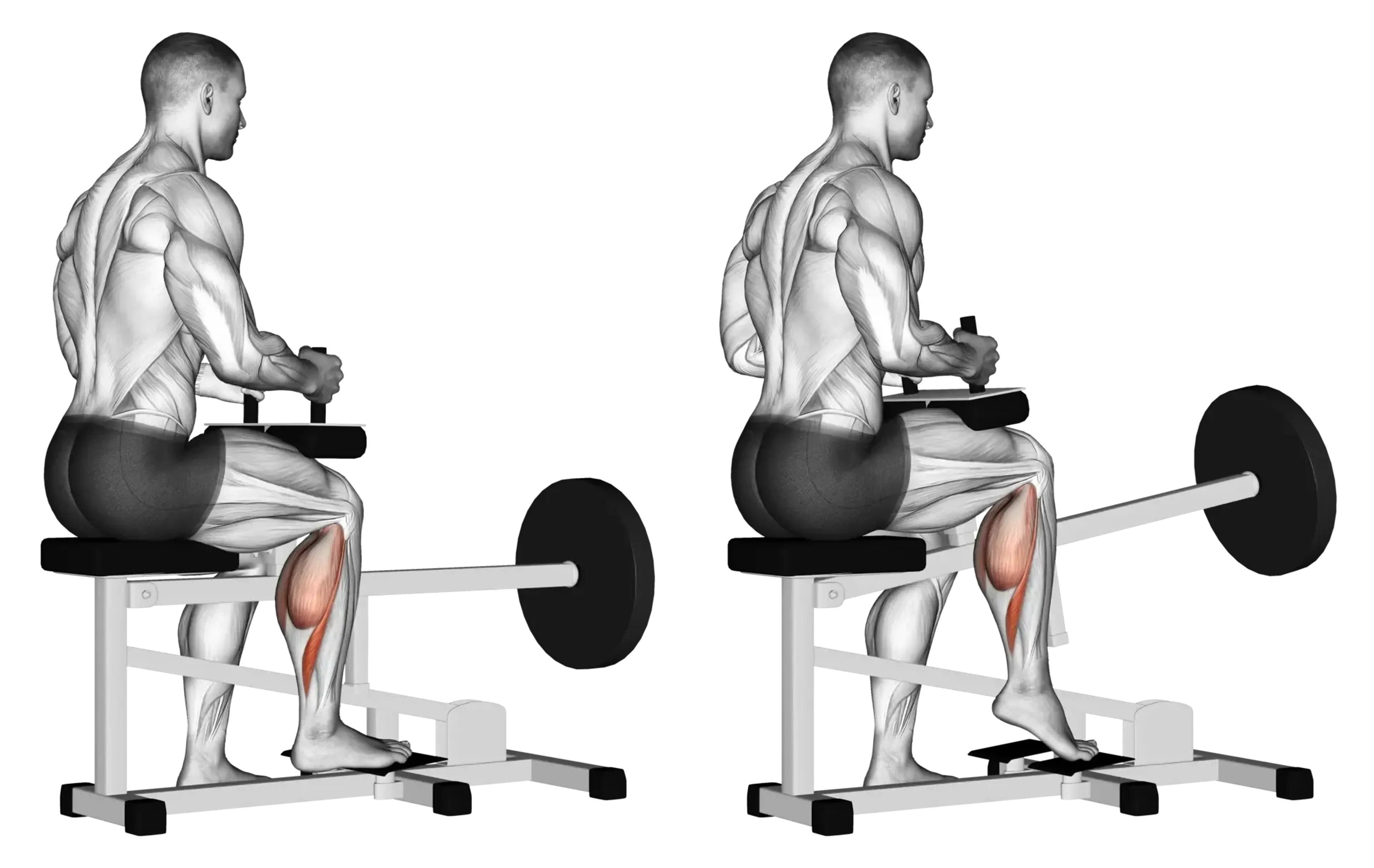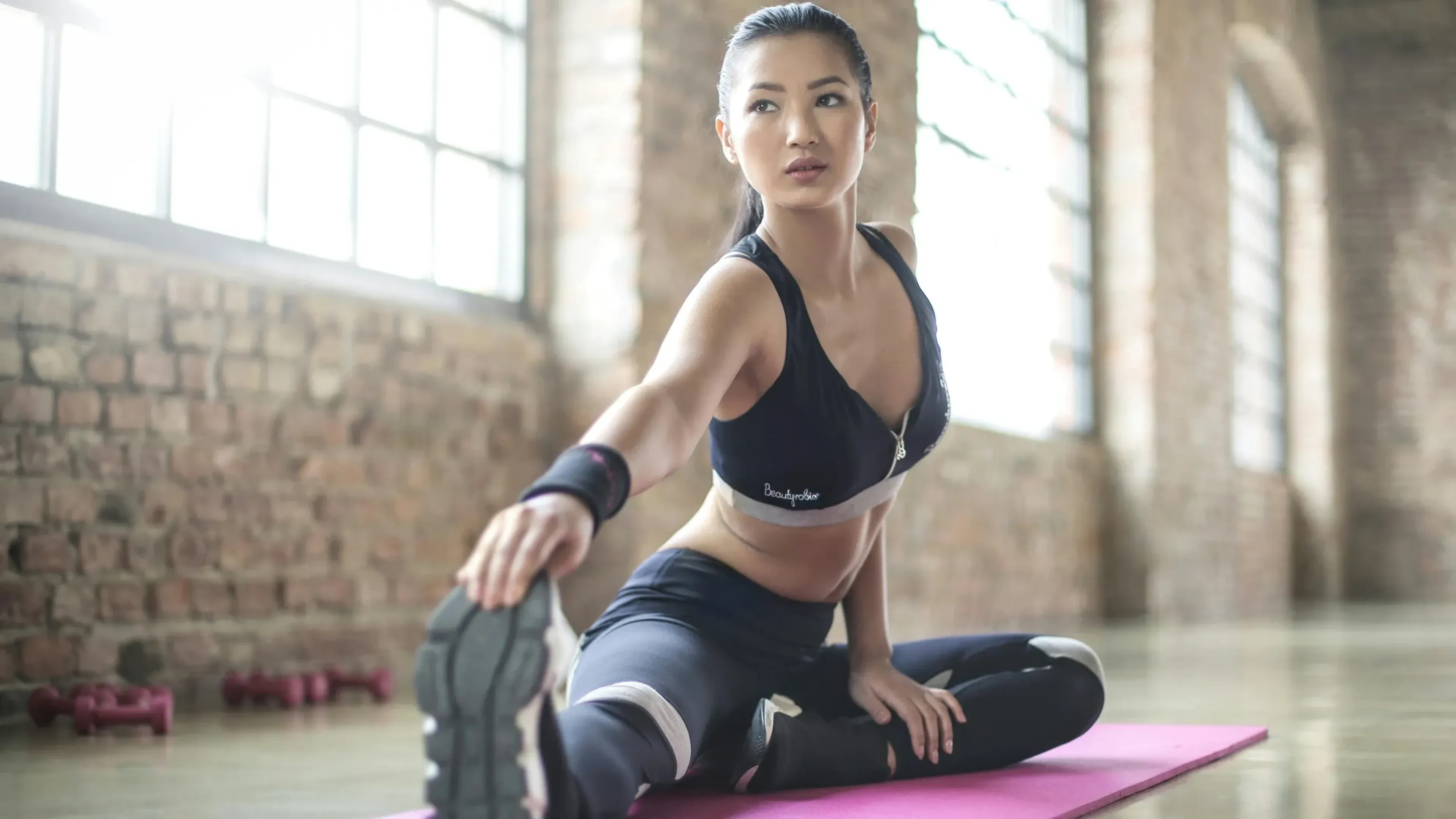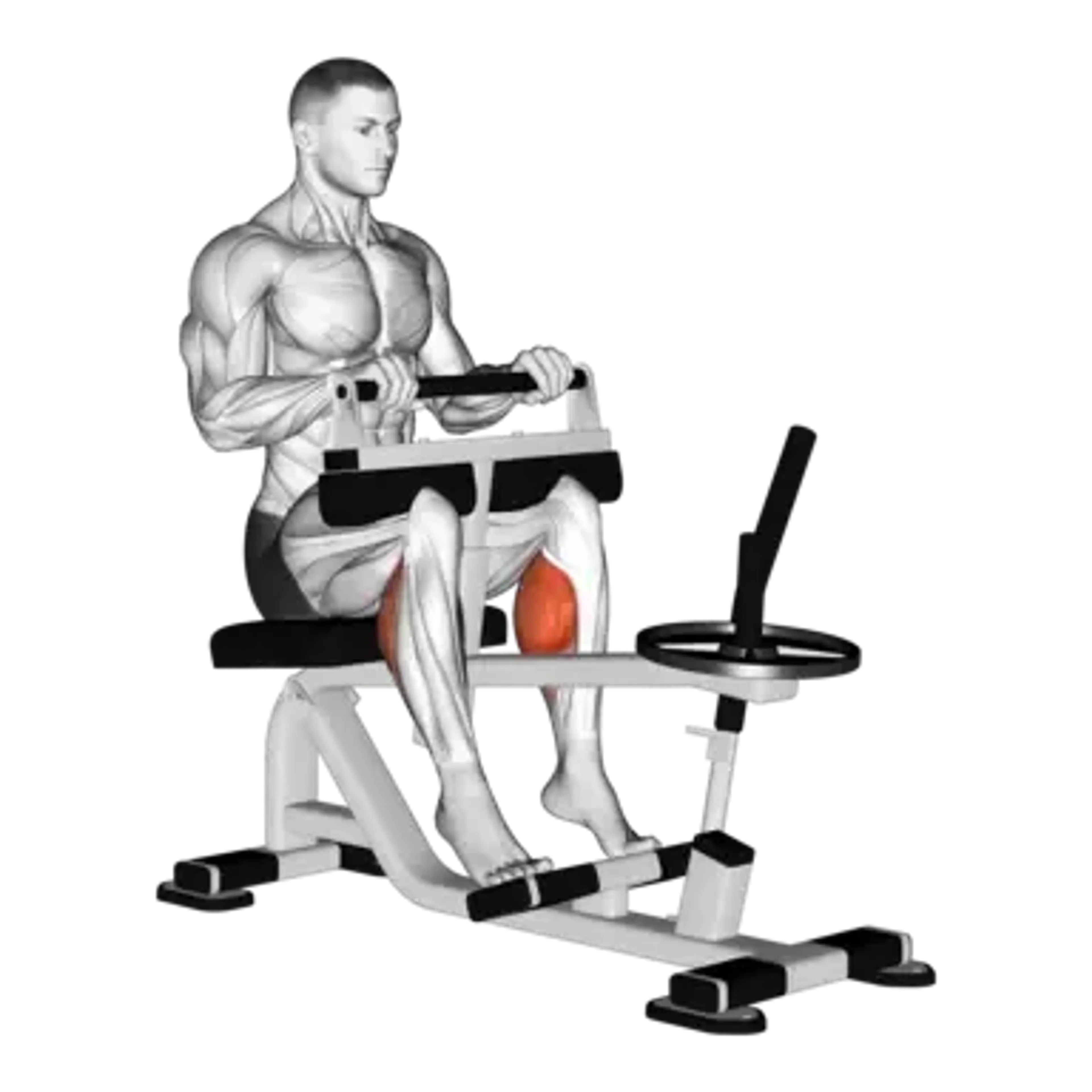Machine Single-Leg Seated Calf Raise

Overview
- Primary Focus:
- Calves.
- Equipment:
- Machine.
- Difficulty:
- Beginner.
General Information
Machine Single-Leg Seated Calf Raise is an isolation exercise that primarily works out the calf muscles, specifically the soleus muscle, with secondary activation of the gastrocnemius. It is a beginner-level movement and serves as a great way to focus on each leg individually, helping correct muscular imbalances and ensuring balanced development.
This exercise is a variation of the traditional Machine Seated Calf Raise, but instead of using both legs simultaneously, it is performed one leg at a time. By isolating each leg, you can increase focus and intensity while improving symmetry and mind-muscle connection.
Machine Single-Leg Seated Calf Raises are particularly useful for athletes or individuals recovering from injury, as it allows for targeted strength development. Additionally, because you’re using a machine for support, it’s easy to maintain consistent form and keep the movement controlled throughout the range of motion.
Muscles Worked
- Soleus
- Primary
- Gastrocnemius (Lateral Head)
- High
- Gastrocnemius (Medial Head)
- High
- Peroneus Longus
- Medium
Instructions
- Sit on the seated calf raise machine and position one foot on the foot platform with the ball of your foot firmly placed and your heel hanging off.
- Adjust the thigh pad so that it rests snugly on your working leg. The non-working leg can remain relaxed or positioned safely to the side.
- Release the safety mechanism if your machine has one.
- Lower your heel slowly to feel a full stretch in the calf.
- Press through the ball of your foot and raise your heel as high as possible by contracting your calf.
- Pause briefly at the top for peak contraction.
- Lower your heel back down under control and repeat for the desired number of reps.
- Switch legs and repeat the process for the other side.
Common Mistakes
Injuries
Machine Single-Leg Seated Calf Raise is a low to medium risk exercise when performed with proper form and a full range of motion.
The main injury concern with calf raise exercises is strain or tightness in the Achilles tendon or calf muscles, often due to overloading the machine or bouncing through reps. Performing reps too quickly or with jerky movements can also cause unnecessary stress on the ankle joint.
To avoid injury, maintain a slow, controlled pace and avoid using excessive weight. Always ensure a proper warm-up for your calves before training and stretch your calves regularly to maintain flexibility and reduce tightness.
Alternative Exercises

Frequently Asked Questions
- Q: Is this exercise better than the two-leg version?
It’s better for isolating each leg and correcting muscle imbalances, but both versions are effective.
- Q: How heavy should I go on this movement?
Use a weight that allows you to maintain full range of motion with good control for 10–15 reps.
- Q: Can I do this exercise with free weights instead of a machine?
You can mimic it with a dumbbell placed on your thigh, but machines provide more stability and consistency.
Overview
- Primary Focus:
- Calves.
- Equipment:
- Machine.
- Difficulty:
- Beginner.


